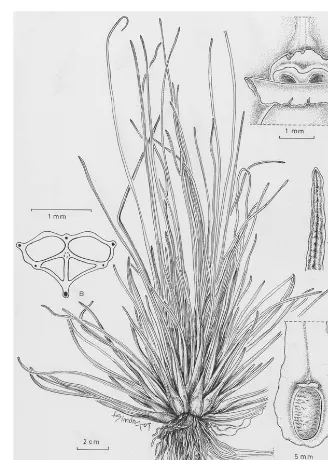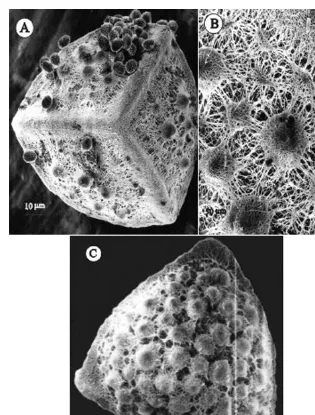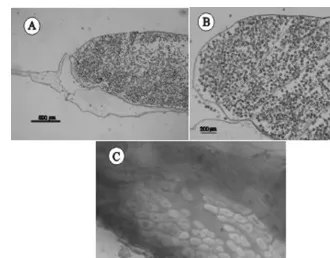Isoetes pedersenii, a new species from southern South America
Texto completo
Figure




Documento similar
naledi differs from Middle Pleistocene (MP) and Late Pleistocene (LP) Homo (here we include specimens sometimes attributed to the putative Early Pleistocene taxon Homo antecessor,
Regarding the different geographical origins, accessions were grouped as 35 from Central Asia, 15 from North America, 13 from Southern Europe, 8 from Eastern Europe, 7 from the
A new species, Mastigostyla moqueguensis Huaylla & Llalla, is described from the Andes of Moquegua in southern Peru.. Mastigostyla, which belongs to the tribe Tigridieae, is
Notes on South American Carex section Schiedeanae and description of the new species Carex roalsoniana (Cyperaceae).. Taxonomic and distribution notes on Carex (Cyperaceae) from
The data from studies carried out on the possible risks linked to medical treatments with cannabis preparations allow us to conclude that there is evidence, especially at the
The development of diploid and polyploid breeding base populations with a wide genetic variability carrying introgressions from different wild species may facilitate obtaining
The main feature to distinguish this species from the other Ctenolepisma Escherich, 1905 from Europe, is the occurrence of double combs, i.e., fields of macrosetae on the
One example of the importance of the resources offered by an environment is reflected in the study of abundance and species richness carried out in New York City